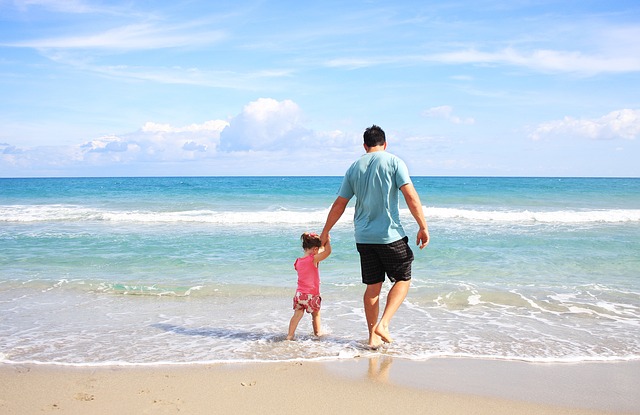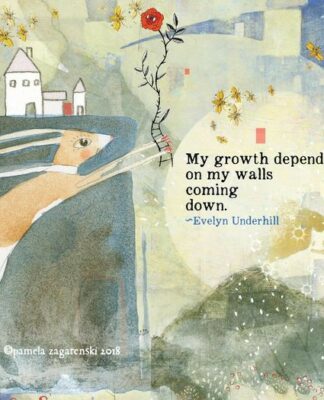Reunification Therapy is a fairly new court ordered therapeutic intervention which aims to reunite and reconcile a parent with their estranged children. It is so new that most established therapists feel nervous about taking on these cases. There are limited resources for parents and limited research and methodology on the topic. This article aims to explore what reunification therapy means, as well as introduce The Kelly Method of treatment.
The most common families who seek court ordered reunification therapy are in high conflict divorces where one parent becomes the primary custodian of a child and where the other parent has had limited contact with their child. At a certain point, parents can feel like enough is enough and they need a change. This could be the custodial parent who starts to notice signs of depression, anxiety or self esteem issues in their child. This could also be the parent who has been estranged for a while and feels that enough is enough, it is time to change things and start a new relationship with their child and their ex-partner. Sometimes the parents can work it out between themselves. In this case, reunification therapy is not needed. If multiple documented attempts have been made without any sort of follow up, it can be helpful to talk to a lawyer about court ordered reunification therapy. Once a magistrate or a judge orders reunification therapy the parents find a therapist to work with the family. Then the fun part begins!
The Kelly Method of reunification therapy consists of four stages. The first stage is education. It is so important that each parent take a course in reunification therapy (like reunificationtherapyonline.com) to understand the process of reunification therapy and get onboard. Reunification therapy is extremely stressful, so education and compliance with the process is more important than any other type of therapy. Education can also be a powerful proof in court towards motivation and desire for a court order granting reunification therapy. Once each parent is educated and can sign a contract with a reunification therapist and comply, stage 2 begins.
Stage 2 involves individual therapy. The parent sees the therapist individually to talk about their perspective on what happened and how they became estranged, as well as to screen for safety and follow up on any alienation claims that this parent may have. Concurrently the therapist is also working individually with the child to understand and process their history, as well as assess what timeline is best for the child to finally make face to face contact with their parent. The Kelly Method of reunification therapy is child focused and paced at the child’s timeline. If the child wants to see their estranged parent immediately, this can happen. If the child needs months or a year of individual therapy before actually sitting in the same room with their parent, this can happen. The most important aspect of reunification therapy is trust. The child needs to trust that the process is going at their speed and pace, and each parent needs to trust that the therapist is working in the true best interest of the child with the ultimate goal of reuniting them with their estranged parent.
After this individual therapy portion is complete the next step (stage 3) is seeing the child and parent together in therapy in the same room. They are working together to hear each other and by diving into the past, establish a more connected relationship going forward. After some time and when the child feels ready they can start having outings together outside the therapy room.
The final stage of reunification therapy (step 4) involves both parents of the child to meet, figure out why their previous co-parenting was not working, and create a new co-parenting plan which is in the best interest of the child and facilitates support for the new parent-child relationship created in earlier stages. Then each family is on its way to not only a new relationship between the previously estranged parent and their child, but also has the tools for new family dynamics going forward.
Reunification therapy is extremely difficult and also extremely rewarding work. It is practical, direct, and I love it because I get to see real change in action in a relatively short amount of time. It is so heartwarming to see families come together in a way nobody ever thought possible. Kids need and deserve their grown ups to band together as a unit and be strong for the sake of their well-being. Co-parents who use their love of their children to ban together are stronger for it and can support one another in raising of a child. If you think reunification therapy could be helpful for your family, talk to a family lawyer or reunification therapist in your area.




















